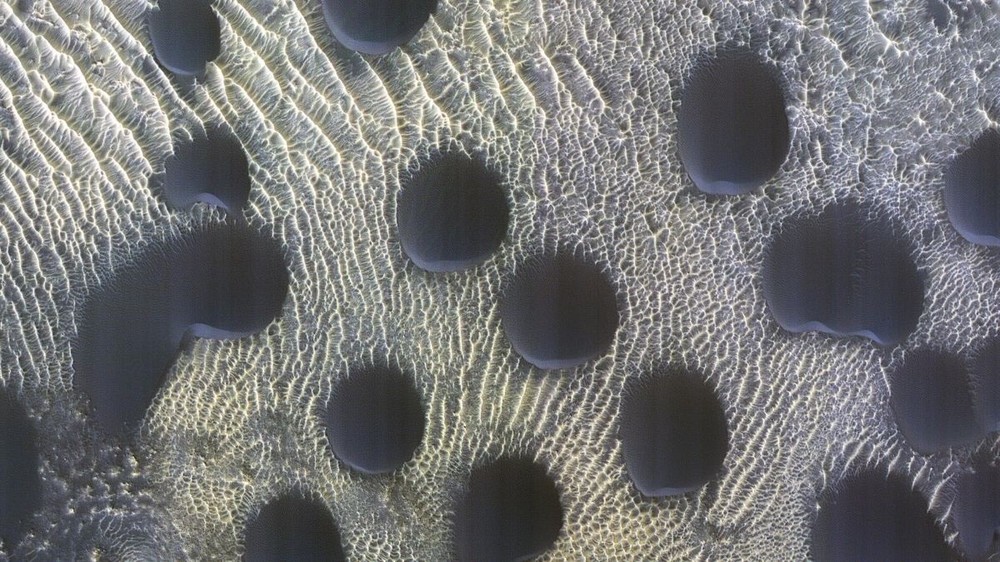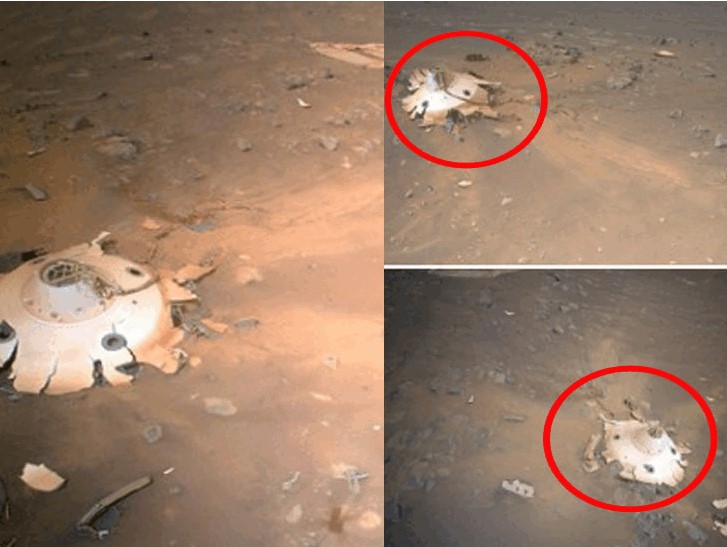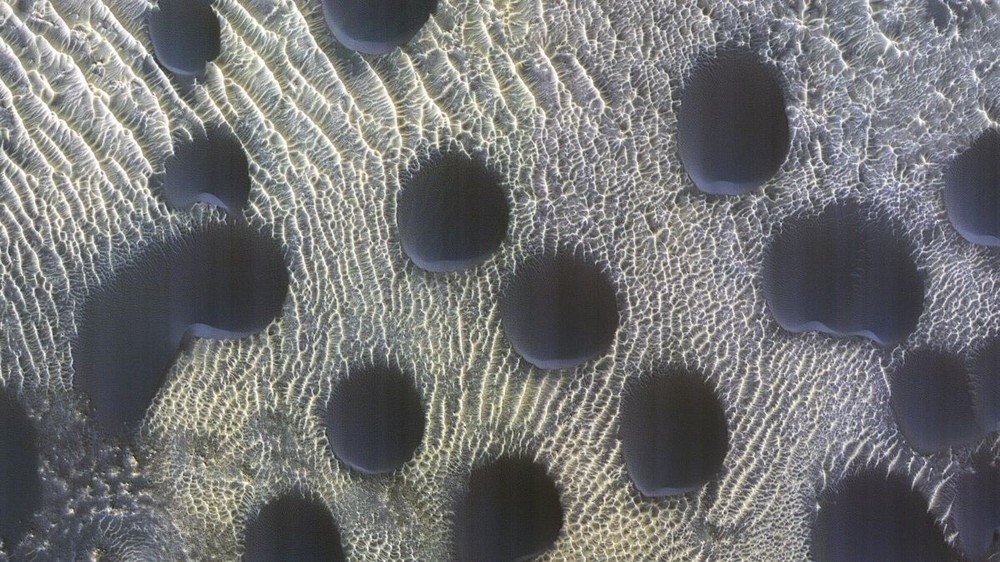Mars, often referred to as the Red Planet, continues to captivate scientists and space enthusiasts alike with its enigmatic landscape. Among the latest intriguing findings are peculiar black spots spotted on the Martian surface. These mysterious formations raise questions about their origin, composition, and what they may reveal about the planet’s history. In this article, we will delve into the nature of these black spots and their significance in our quest to understand Mars.

## What Are the Strange Black Spots?
The strange black spots have been identified through high-resolution images captured by Mars rovers and orbiters. Initially appearing as dark patches against the reddish Martian soil, these spots vary in size and shape, leading to speculation about their nature. Scientists are actively investigating whether these formations are the result of geological processes, mineral deposits, or even biological activity.

### Possible Explanations for the Black Spots
1. **Volcanic Activity**: Some researchers suggest that these black spots may be remnants of ancient volcanic activity. The dark coloration could be attributed to basaltic rock, which is commonly found in volcanic regions. If this theory holds, it could provide insights into Mars’ geological past and its volcanic history.
2. **Mineral Deposits**: Another possibility is that these spots are mineral deposits resulting from weathering processes. Mars’ unique atmospheric conditions may lead to the formation of certain minerals, which could manifest as dark patches on the surface.

3. **Biological Indicators**: While this may sound far-fetched, the existence of black spots could hint at past or present biological activity. If life ever existed on Mars, these formations might be remnants of organic materials or microbial life.
## The Role of Mars Missions
The discovery of these black spots has reignited interest in ongoing and future Mars missions. Rovers like **Perseverance** and **Curiosity** are equipped with state-of-the-art imaging technology and scientific instruments, making them crucial for investigating these anomalies.
### Key Missions and Their Contributions
– **Perseverance Rover**: Launched in 2020, Perseverance is exploring the Jezero Crater, an area believed to have once contained water. Its findings, including images of the mysterious black spots, are crucial for understanding Mars’ habitability.
– **Curiosity Rover**: Since 2012, Curiosity has been examining the Gale Crater, providing valuable data about the planet’s geological history. Its observations may help contextualize the black spots in relation to other Martian features.
## Scientific Investigation and Future Research
To fully understand the significance of the black spots, scientists are conducting a series of analyses. This includes studying the surrounding geology, analyzing soil samples, and examining atmospheric conditions. Understanding the composition of these spots will help clarify their origins.
### The Importance of Sample Return Missions
Future missions, particularly those aimed at returning Martian samples to Earth, are essential for deeper investigation. Analyzing these samples with advanced Earth-based laboratories could provide insights that are currently unattainable through remote observation alone.
## Unlocking the Secrets of Mars
The mysterious black spots on Mars are a fascinating addition to the ongoing exploration of the Red Planet. As scientists continue to investigate these formations, they may unlock secrets about Mars’ geological history, potential for past life, and its evolving landscape.
### Join the Conversation
Are you intrigued by the mysteries of Mars? What do you think these strange black spots could signify? Share your thoughts in the comments below, and let’s explore the wonders of our neighboring planet together

